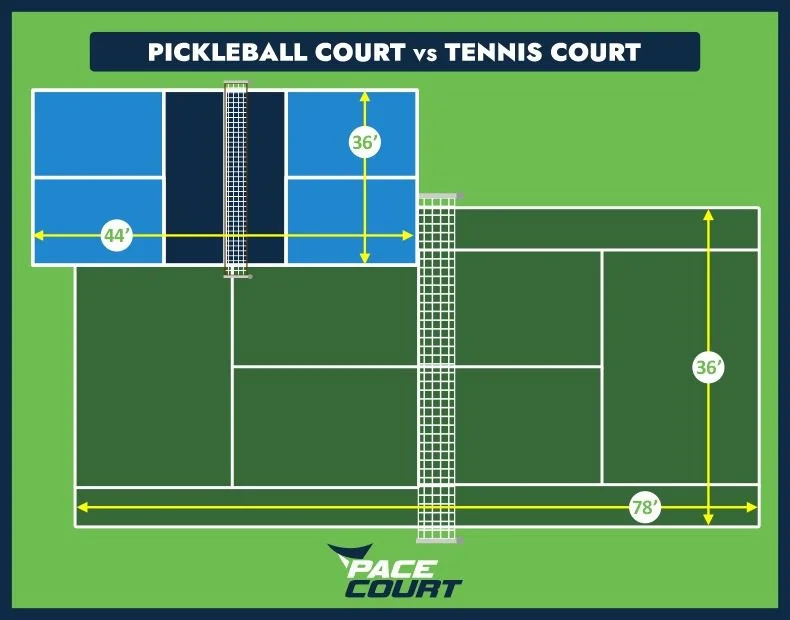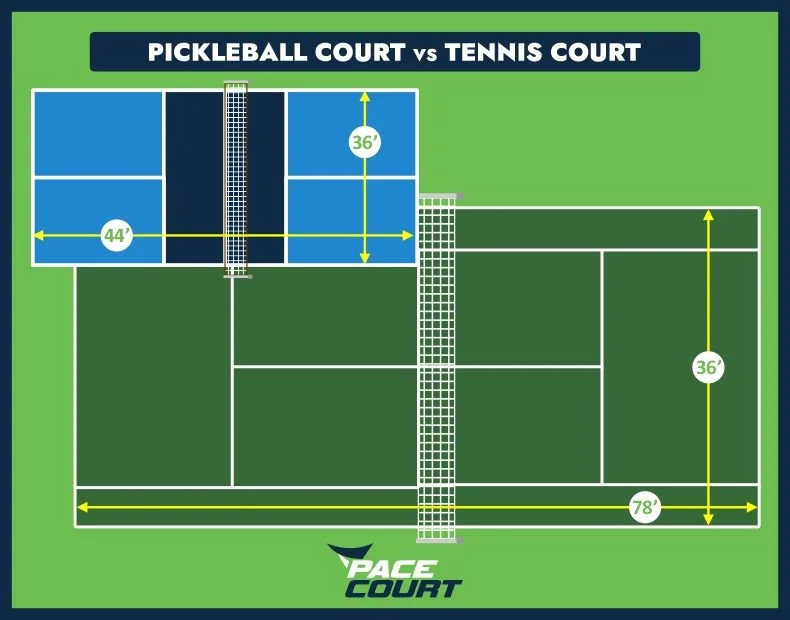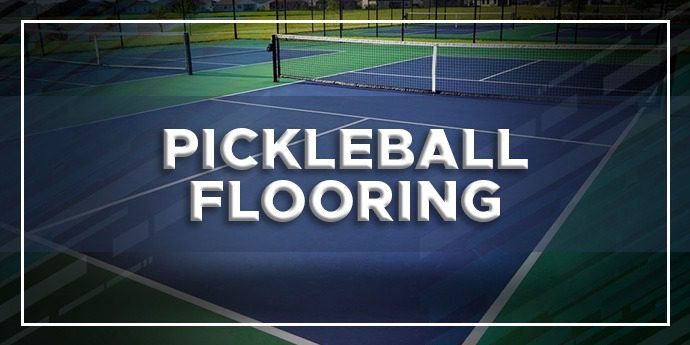Pickleball versus Tennis—the question has been bombarding the minds of spectators, players, and sports facilitators alike. Both games might look similar in many facets, but they are different in various segments. For example, Tennis is a force-intensive game that requires great effort and exemplary movements, but Pickleball is a self-controlled game with reduced movements. Here, the article details how Pickleball is different from Tennis and the features that make it look similar to Tennis. Let's explore them!
Pickleball versus Tennis
Origin of Tennis/ Pickleball
If we look back in history, we learn that Tennis originated in France in the 14th century. Originally, the game was played with palms, and hence, it is sometimes referred to as Paume. On the other hand, Pickleball's history can be traced back to the 1965 era. The game was the brainchild of Joel Pritchard, a successful Congressman, and Bill Bell, a businessman.
Serve
The second difference between Pickleball and Tennis is that the former requires an underhand serve, and the ball is struck below the waist, while the latter requires an overhand serve. In simple words, the serve in Pickleball is similar to bowling a ball.
Beginner Friendly
If you compare Pickleball to Tennis in terms of game intensity, Pickleball is more beginner-friendly. It can be easily learned in an hour, and with practice, you can become a pro. This is one of the reasons for its soaring popularity. Also, playing this game with friends and family is fun.
Tennis is not easy to learn. You can't just call your friends and start playing. You need to acquaint yourself with the rules of the game, serves, penalties, and much more. It takes a lot of time to pick up the game.
Rules of the Game
Pickleball has upended the sports community and has become a popular leisure hobby. But before you play, you need to follow some rules, like
Rule 1- No Volley in the Kitchen
If you stand at kitchen boundary lines, you can't touch it before, after, or during the volley.
Rule 2-One Bounce is Needed
To play the game successfully, the ball must bounce at least once on each side for every rally. Once this happens, the player can then play the ball in air or bounce it.
Rule 3-Serve the Ball at the Baseline.
When you serve the ball, serve it from the baseline. The thumb rule is the ball can hit the net but can't touch the kitchen area.
Tennis has overridden the popularity of many other games. It has become a part of Grand Slam events. The official rules of Tennis are as follows: The match begins with a toss. The player who wins the toss can choose to pick or receive the side from where they want to play. The serving player has to stand behind the baseline and within the boundaries. For a successful serve, the server has to take a ball with a non playing hand and hit it hard with a racket before the ball bounces.
The Ball Difference
Tennis Balls are huge balls. The interior of the ball is made from hollow rubber that compresses itself when the ball drops. The rubber contributes to its bouncing ability. Pickleball bounce is not high, since the ball is made from plastic. Hence, it does not compress while playing the game.
Physical Movements
Analyzing the physical intensity, Pickleball is easy on the heart and does not take a toll of movements. The researcher finds out that while playing it the heart rate averaged 143 minutes as compared to Tennis which took 152 beats per minute. Also, the tennis player has nine percent more heart rate in contrast to higher intensity sports games.
Affordable and Accessible
Pickleball versus Tennis Another point that rolls in favor is that Pickleball requires basic equipment to play and can be easily played on the same court, making it an everyone's game. Even if a dedicated court is not available, you can play it on a tennis court. The simplicity and accessibility of the game make it an easily accessible game for people of all age groups.
I hope this answers your question and Tennis is different. However, there are some striking similarities between the two.
Both the games are played on a square sports court surface, and both require racquet and net with serves. Last but not least; they imbue the competitive spirit among the players. You can also install pickleball court in backyard too.
Wrap Up
Now, you have a fair idea about the difference, similarities between both the games. As a sports court facility, you need to deploy high-quality surface material for pickleball and tennis court construction. Trust Pacecourt for the best sports material. We are a notch above sports court construction company that can make your game more pleasurable by reducing slips and falls. Our materials are highly demanded in the market because of their durability and strength. Contact us to add playability to the game. Plus, you can customize tennis court shades as per your needs.




